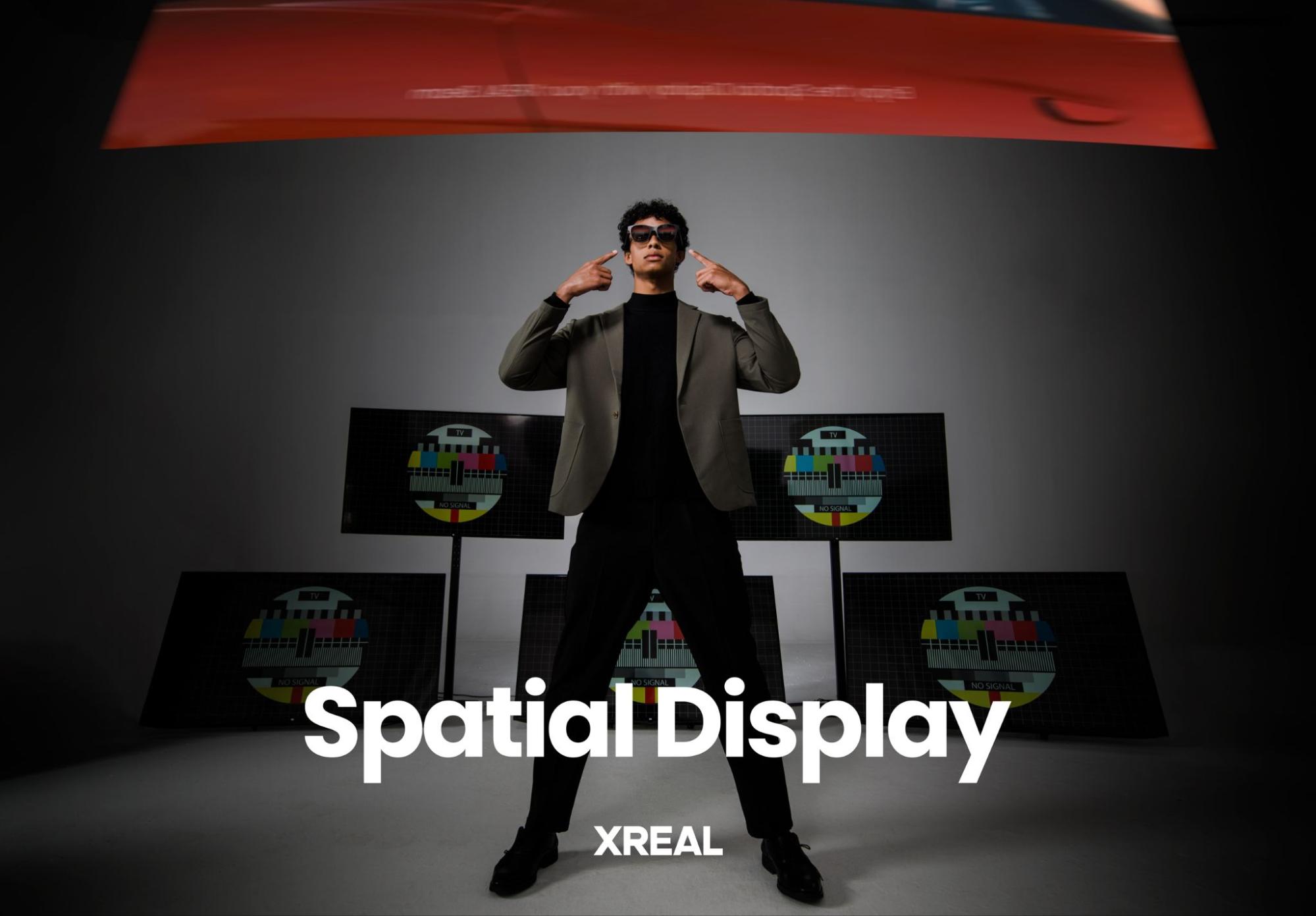Nreal Becomes Xreal, Launches Beam Module for AR Gaming on PCs and Consoles
Nreal becomes Xreal following a trademark dispute

Two big announcements are coming from the folks at Nreal today. First and foremost, the company is changing its name to Xreal. Nreal ran into a dispute over the Nreal trademark, which was resolved, but it wanted to avoid further confusion as it continues to grow its global brand.
The second and most significant news from Xreal today is the announcement of Beam. Beam is a portable device shaped (and somewhat designed like) an original Apple iPod. This device takes video from smartphones, laptops, game consoles, etc. and sends it to Xreal’s Air glasses.
The Beam features two USB-C ports onboard, one of which provides a direct connection to a pair of Air glasses. The second USB-C port charges the Beam's 4870 mAh battery (enabling up to three hours of runtime) or provides a direct data connection to a smartphone or PC. That second USB-C port was something that Xreal's customers requested to enable the ability to play and charge simultaneously.
While wired connectivity to a smartphone was expected, Xreal also added wireless connectivity into the mix and support for DTS: X Ultra audio support. Xreal notes that customers can watch YouTube videos wirelessly using the Beam initially and that it will support DRM content later (the company is being mum on an exact launch for that support at this time). However, Xreal's primary focus at launch will be on PC users and gamers that want a more immersive experience.
Xreal also announced that its Spatial Display technology, previously only accessible through its Nebula software for Android or macOS, is also available with Beam. With this augmented reality experience, you have access to three degrees of freedom (3DoF), allowing you to "place" a virtual display at a fixed point in space and have it remain stationary as you move your head around.
For example, this arrangement would allow you to view a game or a Windows desktop while looking straight ahead with the glasses. However, turning your head to the left or right would remove the projection from your field of view, allowing you to see your surrounding environment fully.
When taking advantage of Xreal's Spatial Display experience, users feel like they're viewing content on a 201-inch display. Xreal also added two new display modes for the Beam: Smooth Follow and Sideview. Smooth Follow lessens visual anomalies using the mirroring function when you quickly move your head. On the other hand, Sideview reduces the size of the projected image in the Xreal Air, making it easier to navigate your surroundings. This would be beneficial if you're, say, walking in a crowded downtown area and want to see more of the real world while simultaneously looking at projected content with the connected glasses.
Get Tom's Hardware's best news and in-depth reviews, straight to your inbox.
Xreal says it will open preorders for the Beam on June 1, but it has not announced pricing.

Brandon Hill is a senior editor at Tom's Hardware. He has written about PC and Mac tech since the late 1990s with bylines at AnandTech, DailyTech, and Hot Hardware. When he is not consuming copious amounts of tech news, he can be found enjoying the NC mountains or the beach with his wife and two sons.
-
bit_user ReplyThis would be beneficial if you're, say, walking in a crowded downtown area and want to see more of the real world while simultaneously looking at projected content with the connected glasses.
OMG. People already have enough trouble walking while looking at a little smartphone screen! Pedestrians using a virtual screen will have absolutely no chance against cross-traffic, if they don't get taken out by fire hydrants or lamp posts, first.
